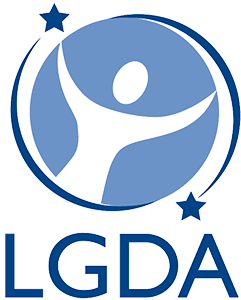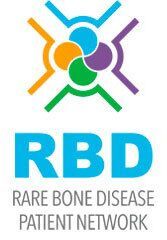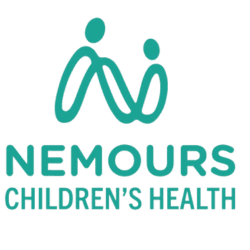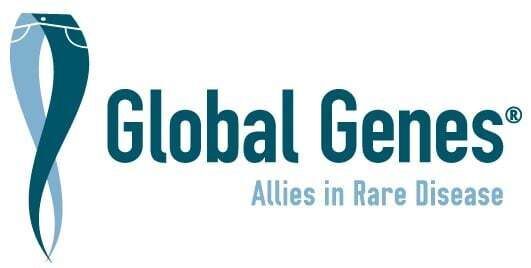
Creating Consensus of Care (CoC) Guidelines is a critical step in improving the diagnosis and treatment of rare and complex diseases like Complex Lymphatic Anomalies (CLAs). These guidelines standardize medical practices across healthcare systems, ensuring that patients receive the same level of care, whether they're treated in specialized centers or community hospitals. However, developing such guidelines comes with significant financial investments. Let’s break down the key costs involved and why they are essential to advancing patient care.
1. Page Charges for Peer-Reviewed Journals
One of the fundamental steps in establishing CoC Guidelines is publishing them in a peer-reviewed medical journal. Publication in such journals ensures the guidelines are reviewed and endorsed by the medical community, adding credibility and authority to the recommendations.
However, submitting to peer-reviewed journals often incurs page charges, which can range from $3,000 to $5,000, depending on the journal and the length of the document. These fees cover the cost of editorial work, peer review, and journal production. While these expenses might seem high, they are necessary for ensuring the guidelines reach the appropriate audience within the medical field.
2. Open Access Charges: Ensuring Global Reach
In addition to standard page charges, open access fees ensure that the CoC Guidelines are available to all medical professionals, regardless of their location or access to journal subscriptions. Without open access, important research and guidelines might be locked behind paywalls, limiting the reach and impact on patient care globally.
Open access charges generally range between $2,000 to $5,000 per article. By covering this cost, we ensure that doctors, healthcare providers, and researchers from around the world can access these life-saving guidelines without financial barriers.
3. Facilitator Costs: Guiding the Discussion
Creating CoC Guidelines is a collaborative process that requires bringing together experts from various medical disciplines to ensure the guidelines are comprehensive and accurate. A facilitator is hired to guide these discussions and keep the process organized, especially when dealing with complex or contentious topics.
The cost for an experienced facilitator can range from $3,000 to $5,000, depending on the length and complexity of the sessions. The facilitator ensures that all voices are heard, that discussions stay on track, and that consensus is reached in a productive and timely manner.
4. Face-to-Face Meeting Costs: Bringing Global Experts Together
One of the most important phases in developing CoC Guidelines is the face-to-face meeting where experts come together to finalize the recommendations. This meeting typically involves around 30 medical professionals from around the world. The costs associated with hosting such an event can be substantial, including:
- Travel and accommodation costs for experts, which can quickly add up due to the global nature of these guidelines.
- Venue costs to host the sessions, equipped with the necessary technology and facilities for a productive meeting.
- Meals and refreshments for participants during the meeting.
These costs typically range from $25,000 to $30,000, depending on the location and duration of the meeting. Although expensive, face-to-face meetings are invaluable for fostering collaboration and ensuring that all experts can contribute meaningfully to the final product.
The Value of the Investment
While the financial costs of developing CoC Guidelines may seem daunting, the value these guidelines provide to the medical community and patients is immeasurable. By investing in these costs:
- We reduce the variability in treatment approaches, ensuring that every patient, no matter where they are, receives the best-known care.
- We accelerate diagnosis and treatment, improving outcomes and quality of life for patients with rare diseases.
- We support patients transitioning from pediatric to adult care, a particularly challenging time for those with complex conditions like CLAs. Primary care physicians often lack experience treating patients with rare diseases. CoC Guidelines offer a standardized framework, ensuring that as patients move from pediatric to adult care, their treatment remains consistent, comprehensive, and effective. This reduces gaps in care and ensures a smoother transition for patients as they age.
- We advance medical research, creating a foundation for future studies and innovations in patient care through the identification of gaps in current research.
In short, developing CoC Guidelines is an investment in the future of healthcare—one that ensures patients with complex conditions like CLAs have access to the best possible treatments, no matter where they live or which stage of life they are in. This effort bridges the gap between pediatric and adult care, offering continuity and ensuring that patients receive the right care throughout their lives.
Conclusion
Creating CoC Guidelines is a collaborative and resource-intensive process, but one that is essential to improving patient care. The costs associated with publishing in peer-reviewed journals, ensuring open access, hiring facilitators, and bringing experts together are investments in a healthier future for patients worldwide. By supporting these efforts, we help build a stronger, more equitable healthcare system for everyone—especially those who need ongoing support as they transition from pediatric to adult care.
Help Us Develop Consensus of Care Guidelines in 2025
With your support, we can make this a reality in 2025. Donate now to support our efforts and help ensure that CLA patients have access to the seamless, structured care they deserve as they transition into adulthood.











